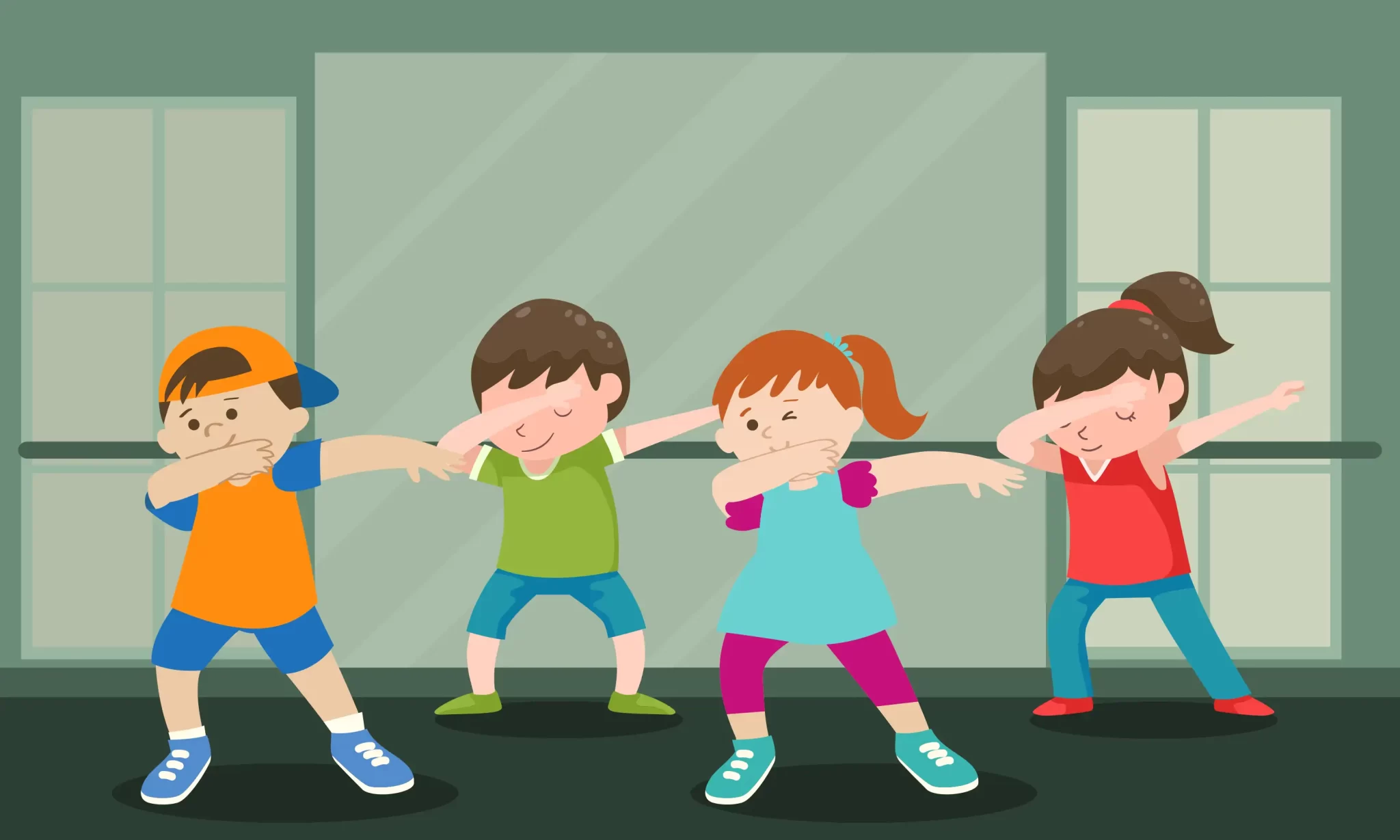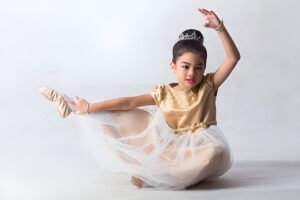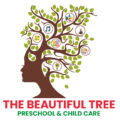Dance Activity for Kids
Dance (Discipline Attitude New Confidence Expression) is is a multifaceted art form that combines physical movement, expression, sport,and creativity. It is a great way to learn about many areas of the curriculum and allows you to enjoy creating together.
In the Foundation stage and in Preschool one of the most important things we can teach our children is about how to deal with strong feelings. Dance activities that link with co- curricular activities with their personal feelings, help them to articulate what they are experiencing.

A dance activity for kids is a fun and engaging way to introduce children to the world of dance, movement, and expression. Classical dance is a wonderful way to creativity, discipline, and appreciation for cultural arts for our kids. In a classical dance, Students to learn to use their body and movement as a means for communication and expression.
Here are some classical dance forms that are often taught to kids:
Bharatanatyam: Originating from South India, Bharatanatyam is a traditional dance form that combines elements of music, expression, and rhythm. It’s known for its intricate footwork and graceful movements.

Kathak: Kathak is a classical dance form from North India characterized by rhythmic footwork, intricate hand gestures, and storytelling through dance. It’s both expressive and dynamic.
Odissi: Originating from the state of Odisha in India, Odissi is a graceful and lyrical dance form known for its fluid movements, intricate gestures, and elaborate costumes.
Ballet: Ballet is one of the most popular classical dance forms for kids. It emphasizes grace, precision, and technique. It also provides a strong foundation for other dance styles.
When introducing kids to classical dance, it’s essential to find a qualified instructor who specializes in teaching children. They should create a supportive and nurturing environment where kids can learn and grow at their own pace. Additionally, providing opportunities for performances and recitals can help boost children’s confidence and motivation.
What are the benefits of using Dance in the Preschool?
• Dance promotes pupils’ holistic development, well being and motivation to learn at school.
• It combines physical activity, expression of feelings, social interaction and cultural participation.
• It helps build children’s confidence and self esteem.
• Dance develops social skills.
• Movement has a positive effect on social interaction, group spirit and sense of empowerment in groups.
• Dance can also assist in preventing mental problems and social exclusion among children.
• Rather than individualistic competitive achievement, it focuses on cooperation and group cohesion.
